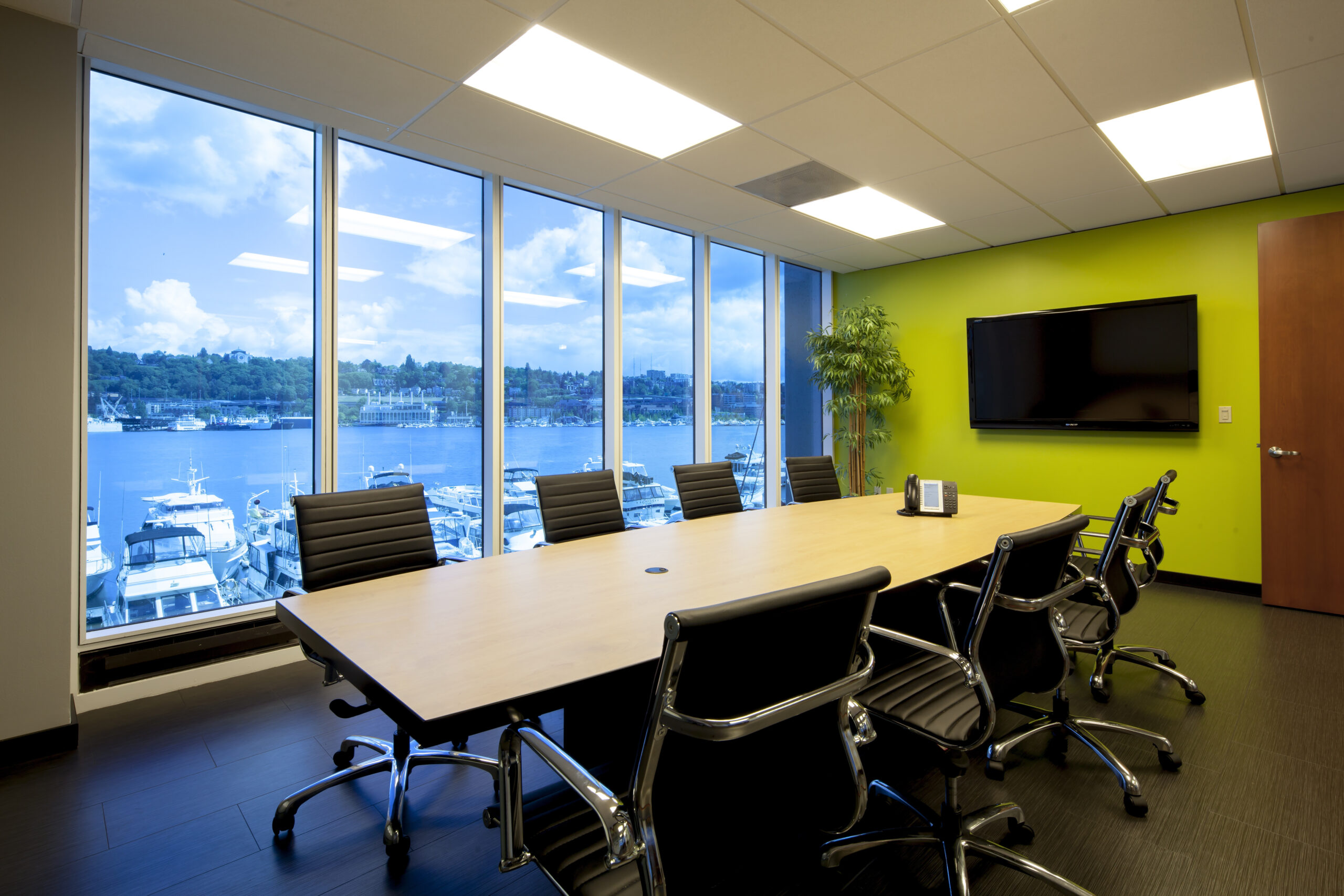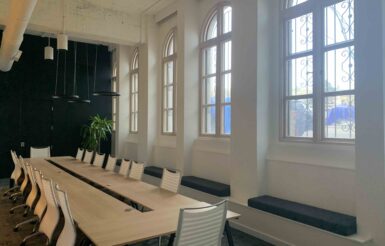Inefficient windows are a leading culprit in energy waste and tenant discomfort. That explains why they’re a focus of so many energy efficiency audits. This can be especially true for older buildings built prior to1990 before low-e (low emittance) coating and high-performance windows were available. But new windows can be cost prohibitive and often mean windows aren’t upgraded.
But there is an alternative solution that is also cost conscious. For building owners and operators searching for ways to reduce window energy waste and improve the comfort of their old buildings, secondary windows are a cost-effective alternative at 30-50% less than the cost of window replacement.
WHY FOCUS ON WINDOWS?
The numbers don’t lie. Windows currently account for a significant amount of wasted energy and upgrading windows results in significant savings.
The U.S. Department of Energy estimates that inefficient windows account for as much as 35 percent of the energy wasted in buildings today. That alone adds up to 10 percent of the total carbon emissions in the U.S. annually. Counteracting that waste with more efficient window options, like secondary windows, can reduce heating and cooling energy use by up to 20 percent. And the benefits of better windows don’t end there. Indoor spaces are more pleasant and tenants are happier when windows insulate the indoors from heat and cold transfers, solar gain and noise pollution.
Secondary window solutions can incorporate optional upgrades, including:
- Low-E (Low Emittance) – a thin, colorless coating that is applied to existing window glass to improve energy efficiency.
- Vacuum Insulated Glazing – a thermal efficient and sound insulated solution that seals an evacuated space between the existing and the new glass
- Electrochromic Glazing – alters the tint of glass through an applied voltage change. Due to its ability to be altered by occupants or building managers, this is also called ‘smart glass.
HOW SECONDARY WINDOWS WORK
Although secondary windows are known by a few different names — interior storm windows, insulating panels, or secondary glazing systems — they all function the same way. Secondary windows simply attach to the interior or exterior of an existing (primary) window, creating an insulating pocket of air between the existing window and new secondary window.

Secondary windows have a low-e coating, which boosts the insulating properties of secondary windows by blocking some UV light from entering while allowing visible light to shine through. This extra step helps further control solar gain and also reduces glare and fabric deterioration from UV light.
ADVANTAGES OF SECONDARY WINDOWS
Choosing secondary windows offer significant advantages compared to a full window replacement, including:
- Performance. They achieve nearly the same reduction in energy use as new high-performance windows.
- Cost. Secondary windows are 30 to 50 percent less expensive than a full window replacement (depending upon the product and application).
- Quick Installation. They install in as little as 20 minutes per unit and can be installed during or after normal hours, which minimizes disruption to tenants. No demolition is required.
- Versatility. The addition of secondary windows can easily be a stand-alone project or part of a bigger retrofit and can be done in any season.
- Customizable. Secondary windows don’t change the building’s exterior — a major selling point for historic buildings or in situations when maintaining the exterior aesthetics is critical.
IDEAL APPLICATIONS
Secondary windows work best in existing buildings with single- or double-paned windows without low-e coating or tint. The existing window frames and glazing should also be in reasonable working condition. Some buildings may want to reseal prior to installation.
They have proven especially effective in offices, hotels, schools, assembly, and hospitals, although a variety of older buildings can benefit from them. Read our case studies on how secondary windows have helped buildings meet their energy goals.
For more information on how secondary windows can improve energy efficiency at a fraction of the cost, check out our secondary windows page. You can also learn more about window upgrade solutions and benefits from expert Mike Hatten on our YouTube channel.

